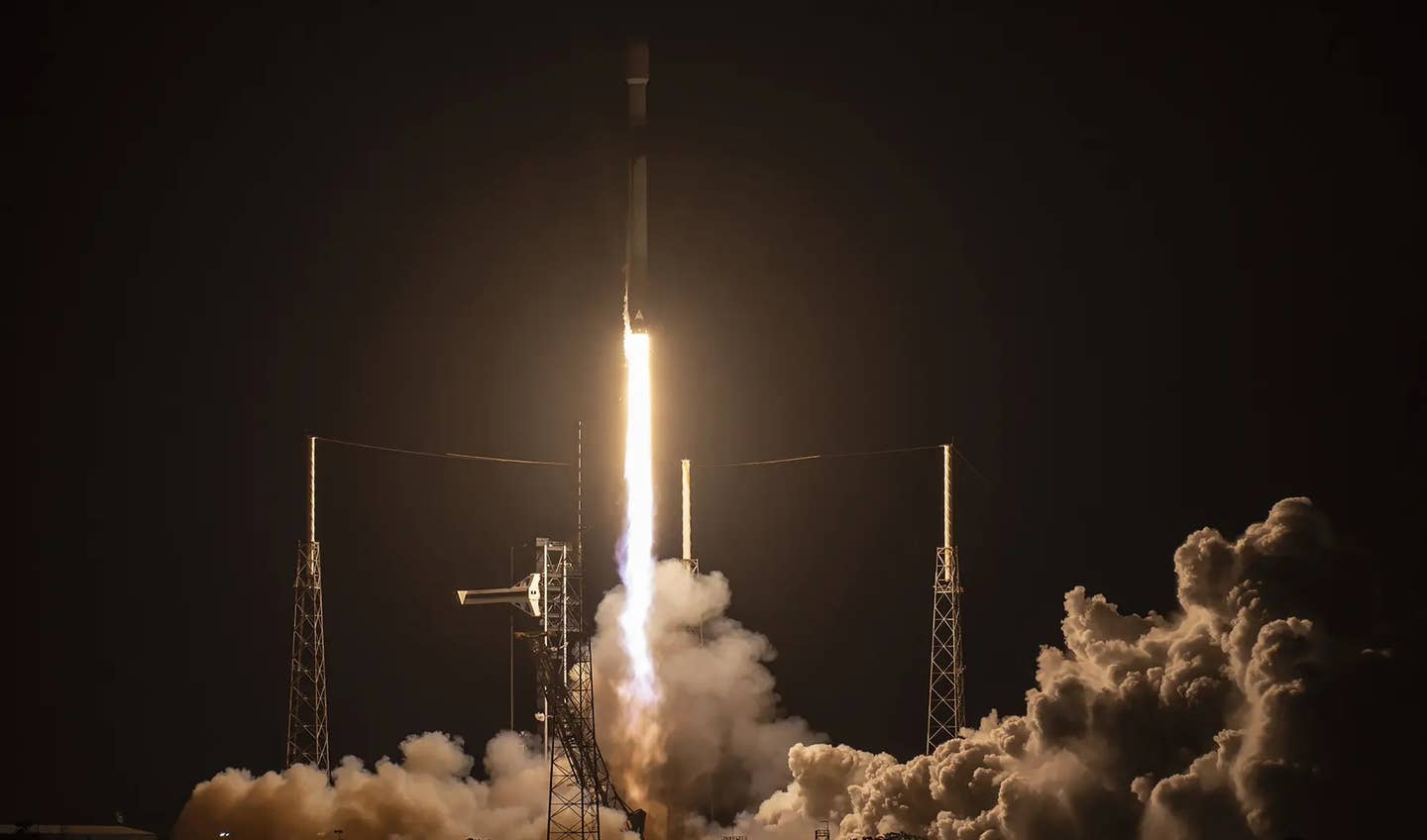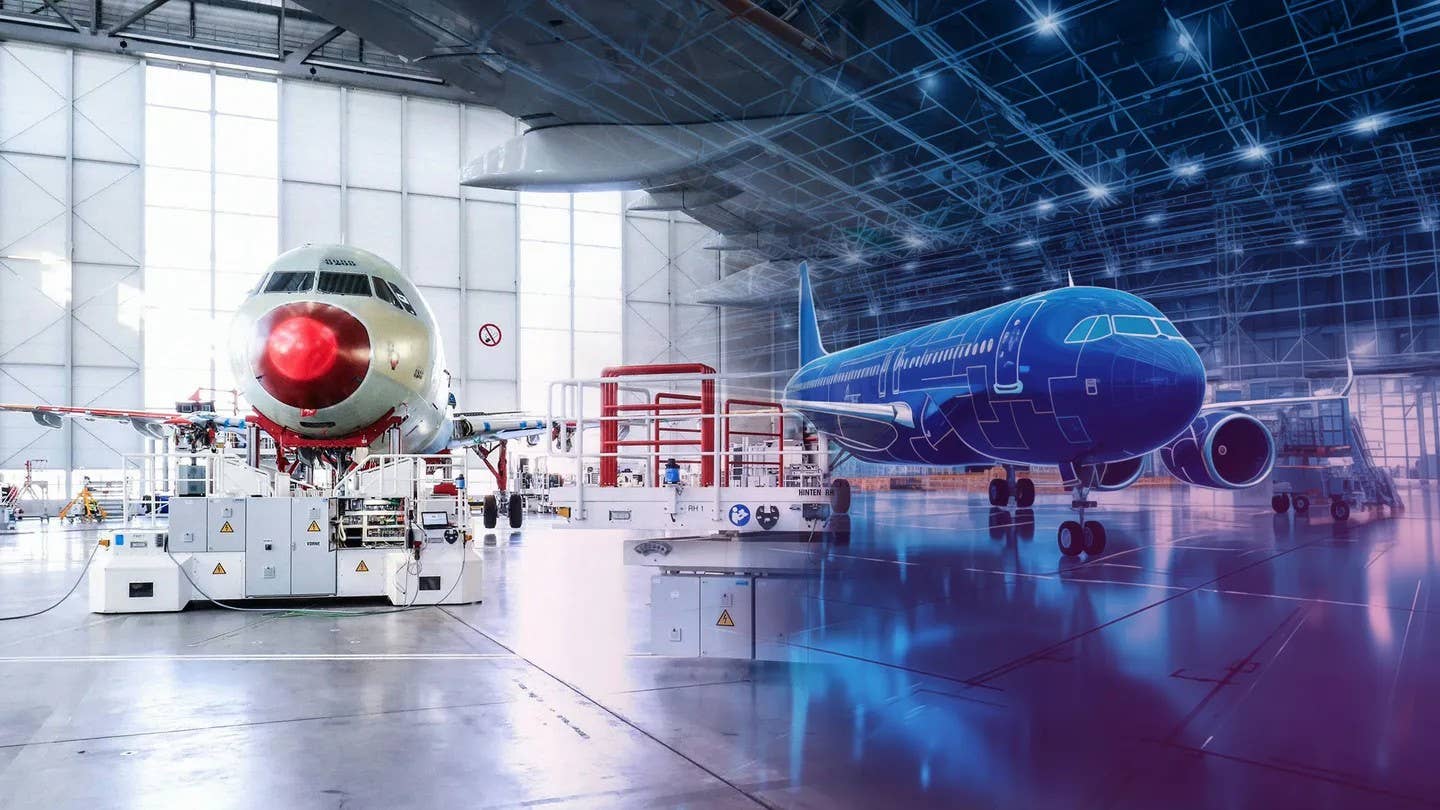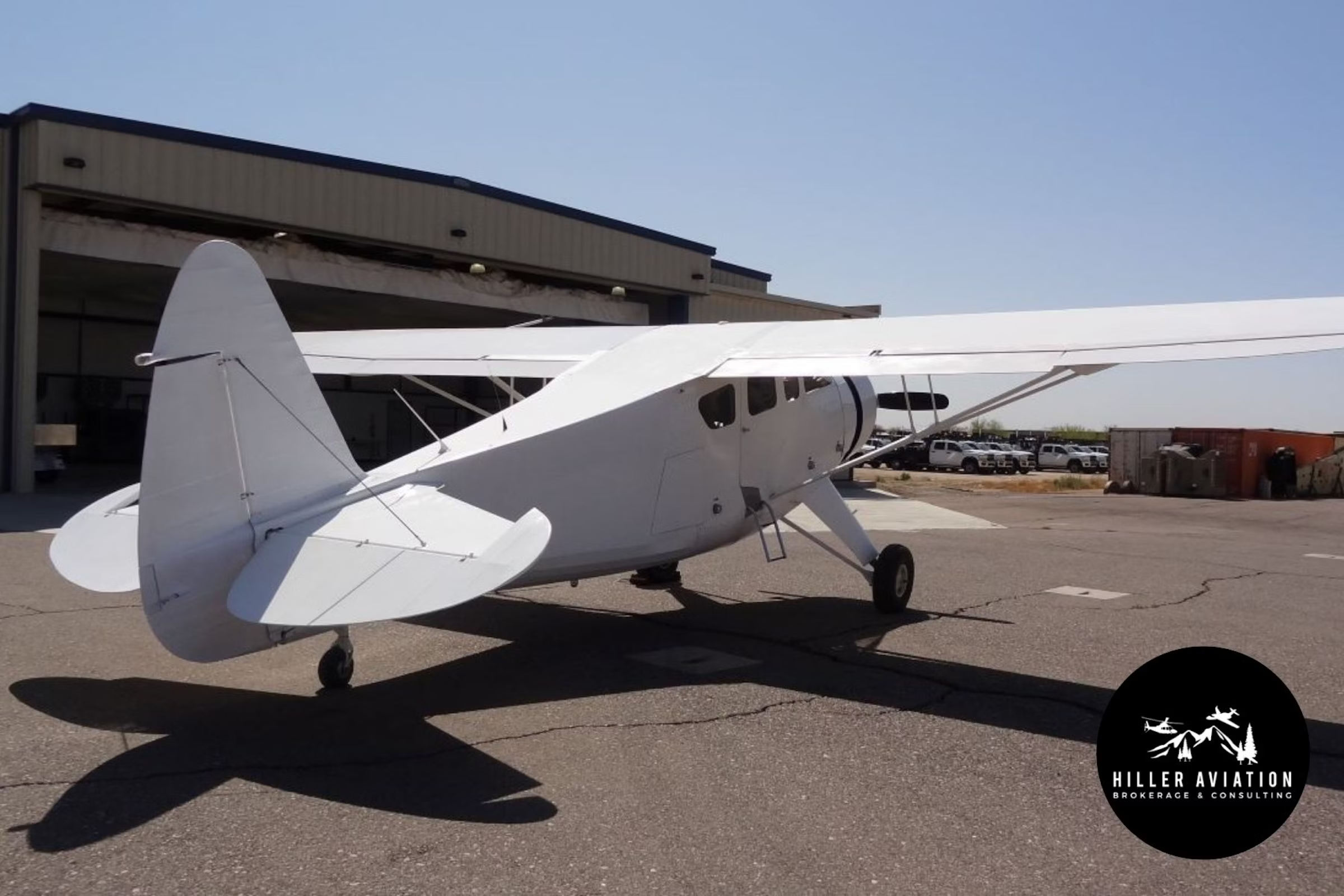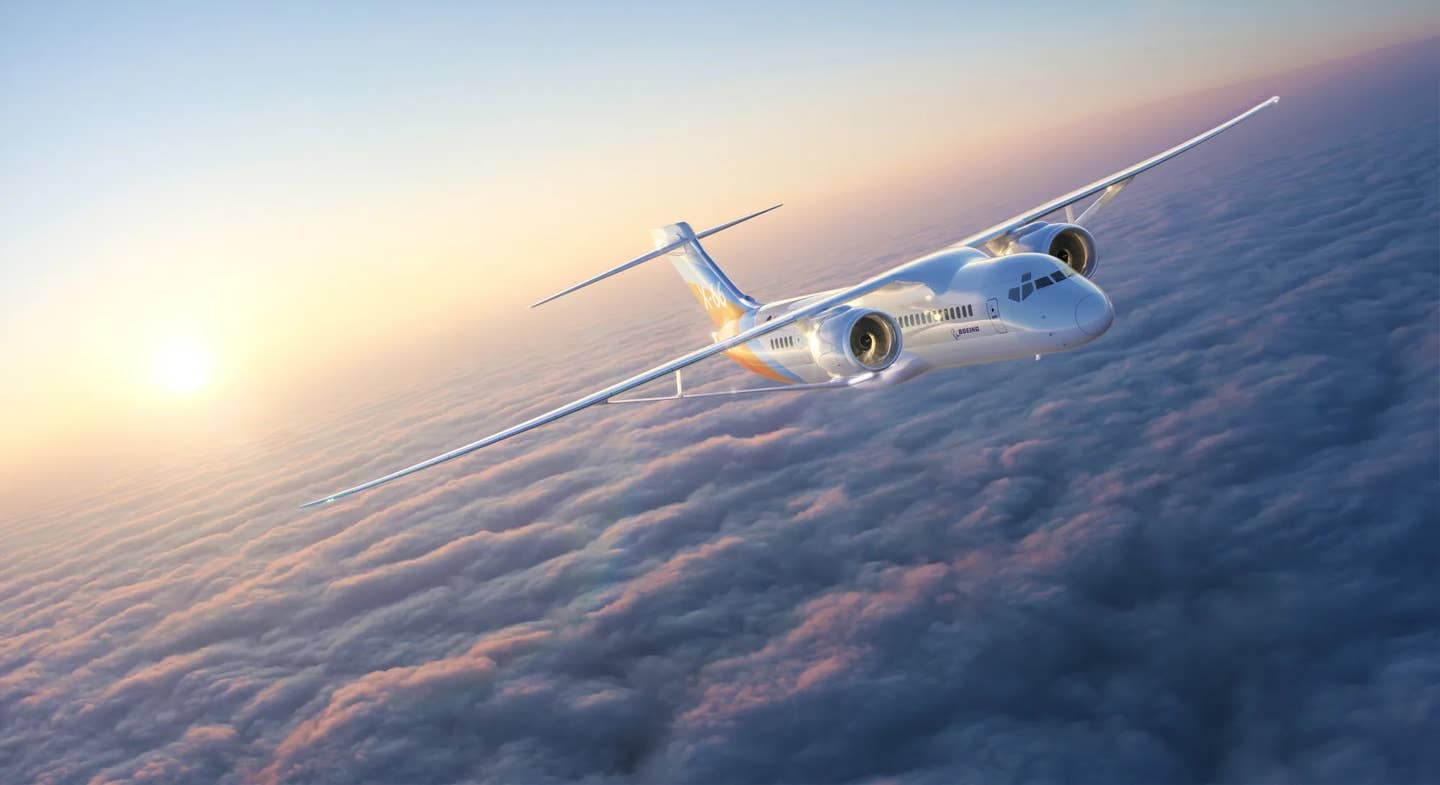Textron Says Varied Factors Caused Company to Miss Q4, 2021 Projections
The aviation recovery did help, but troubles from other segments hurt overall results.

Textron’s fourth-quarter earnings totaled $3.32 billion. [Courtesy: Textron Aviation]
On its fourth-quarter earnings call Thursday, Textron Inc. (NYSE: TXT) cited supply chain disruptions, the U.S. military’s withdrawal from Afghanistan, and lower aircraft volume as some of the reasons it missed its fourth-quarter and full-year earnings estimate.
The company reported revenue of $3.32 billion for the fourth quarter, compared to analysts' estimate of $3.44 billion. For all of 2021, revenues were $12.38 billion, less than analysts’ predictions of $13.3 billion.
All things considered, Textron chairman and CEO Scott Donnelly was still pleased about his company’s performance.
“2021 was a solid year for Textron with strong order flow and execution at Aviation, continued progress on future vertical lift programs at Bell, strong execution and margin performance at systems, and higher revenues and operating profit at industrial,” he said.
Aviation Recovery Helps, But Not Enough
The recovery in the aviation market contributed to Textron’s revenue but lagging performances from other segments hurt overall results.
Jet sales for the quarter dipped to 46, down from 61 during the same quarter last year. The 43 commercial jets sold in 2021 were 18 fewer than were sold in 2020. As a result, revenues were down $201 million for the fourth quarter.
Actual revenue for the quarter was $1.4 billion, which the company said was partially offset by higher aftermarket volume.
Meanwhile, the U.S. withdrawal from Afghanistan may have materially affected its Bell and Textron System segments. While Bell’s commercial sales improved from more deliveries, the fact that the US government ordered fewer H-1s and V-22s meant revenue for the quarter was down $22 million from the same time in the previous year, a total of $858 million.
Textron Systems, which offers products like support solutions, geospatial solutions, weapons, sensors, or even training, also saw some of comparing quarterly revenue eroded, as much as $44 million, as the government’s Afghanistan withdrawal meant forgone fee-for-services contracts. However, for the full year, the systems division was able to eke out a 21 percent profit improvement of $189 million compared to the previous year.
Like many of its other competitors, the company has been dealing with direct supply-chain disruptions from materials shortages and workforce disruptions. In its industrial division, order disruption in the fuel systems and functional components, as well as adjacent disruptions in the auto industry, caused the division to bring in just $781 million for the quarter, nearly a 10 percent decline in business from the fourth quarter of 2020.
Aerospace companies have been experiencing shortages of semiconductors or paying a premium for raw materials.
The company has been taking steps to consolidate its debts, through its sale of TRU in 2020 to CAE (NYSE: CAE) for $40 million. It provided an update on that in the report, adding that at the completion of the sale in January 2021, they locked in an after-tax gain of $17 million.
eVTOL Play?
Given its already established vertical division, will Textron get into the eVTOL space?
“I think that I think we're in a better position than anyone to go execute on these market opportunities,” Donnelly said on the call. “I think the advantage for us is that we have already in the company, the infrastructure, and the talent to do these sorts of things.”
Donnelly explained that his company already has some know-how around the aerodynamics of the emerging vehicles all the way through the certification, but that they need to improve their electric propulsion segment as well.
“We don't really need to strengthen the part of our business that knows how to do tilt rotors, fixed-wing aircraft in that weight class and that certification type, but we do need to strengthen our capability on the battery, electric propulsion, sizing, and we’re doing all of that.”
Based on its backlog, Textron is forecasting 2022 revenues of approximately $13.3 billion, up from $12.4 billion. The company says full-year 2022 earnings per share could fall between $3.80 and $4.00.
Following the call, Textron’s share price dipped 2.8 percent to $69.

Sign-up for newsletters & special offers!
Get the latest FLYING stories & special offers delivered directly to your inbox






